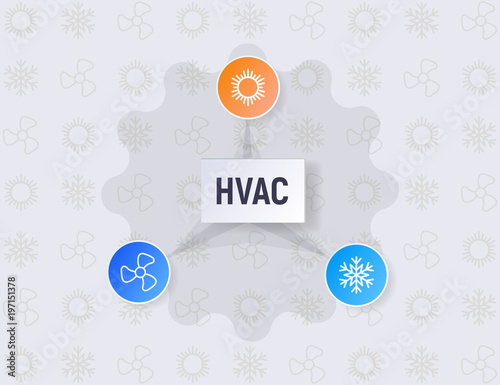The Ultimate Guide To Recognizing Warmth Pumps - Just How Do They Work?
The Ultimate Guide To Recognizing Warmth Pumps - Just How Do They Work?
Blog Article
Uploaded By-Steenberg Montoya
The most effective heat pumps can conserve you substantial quantities of money on energy bills. They can additionally help reduce greenhouse gas discharges, especially if you use electrical energy instead of fossil fuels like propane and home heating oil or electric-resistance heaters.
Heat pumps function quite the like ac unit do. This makes them a feasible option to traditional electric home heater.
Just how They Work
Heatpump cool homes in the summer season and, with a little aid from power or gas, they offer a few of your home's home heating in the wintertime. They're a good choice for people who want to lower their use nonrenewable fuel sources yet aren't ready to replace their existing furnace and air conditioning system.
They depend on the physical fact that even in air that seems too chilly, there's still energy existing: warm air is always moving, and it wants to move right into cooler, lower-pressure environments like your home.
Most power celebrity licensed heatpump operate at close to their heating or cooling capability throughout a lot of the year, reducing on/off biking and conserving energy. For the best efficiency, focus on systems with a high SEER and HSPF rating.
website of the heat pump is the compressor, which is likewise called an air compressor. This mechanical flowing tool makes use of possible power from power creation to boost the stress of a gas by reducing its quantity. visit here is different from a pump in that it only works with gases and can not collaborate with fluids, as pumps do.
Atmospheric air gets in the compressor with an inlet shutoff. It travels around vane-mounted arms with self-adjusting length that split the inside of the compressor, developing several cavities of differing size. The rotor's spin forces these cavities to move in and out of stage with each other, pressing the air.
The compressor draws in the low-temperature, high-pressure cooling agent vapor from the evaporator and compresses it into the warm, pressurized state of a gas. This process is repeated as required to supply heating or cooling as needed. The compressor likewise contains a desuperheater coil that reuses the waste heat and adds superheat to the refrigerant, altering it from its fluid to vapor state.
The Evaporator
The evaporator in heat pumps does the very same point as it carries out in fridges and air conditioning unit, altering fluid cooling agent into a gaseous vapor that eliminates heat from the space. Heat pump systems would certainly not function without this essential piece of equipment.
This part of the system lies inside your home or structure in an interior air handler, which can be either a ducted or ductless unit. It includes an evaporator coil and the compressor that compresses the low-pressure vapor from the evaporator to high pressure gas.
Heatpump soak up ambient warmth from the air, and then use electrical energy to move that warmth to a home or organization in heating mode. That makes them a great deal more energy reliable than electrical heaters or furnaces, and since they're making use of clean electricity from the grid (and not burning gas), they likewise produce much fewer discharges. That's why heatpump are such terrific environmental options. (And also a massive reason they're becoming so preferred.).
The Thermostat.
Heatpump are wonderful options for homes in chilly climates, and you can utilize them in combination with typical duct-based systems or perhaps go ductless. They're a fantastic different to nonrenewable fuel source furnace or typical electric furnaces, and they're extra sustainable than oil, gas or nuclear heating and cooling tools.
Your thermostat is one of the most vital component of your heatpump system, and it works very differently than a standard thermostat. All mechanical thermostats (all non-electronic ones) job by using substances that alter size with raising temperature, like curled bimetallic strips or the broadening wax in an automobile radiator shutoff.
These strips consist of two various sorts of metal, and they're bolted together to create a bridge that completes an electric circuit linked to your heating and cooling system. As the strip obtains warmer, one side of the bridge expands faster than the various other, which triggers it to bend and indicate that the heating system is needed. When the heat pump is in home heating setting, the reversing valve turns around the flow of refrigerant, to ensure that the outside coil now operates as an evaporator and the interior cyndrical tube becomes a condenser.